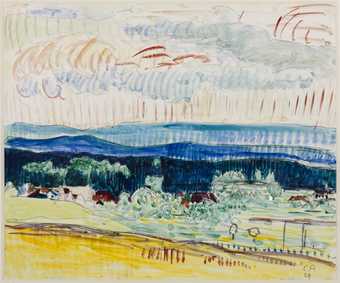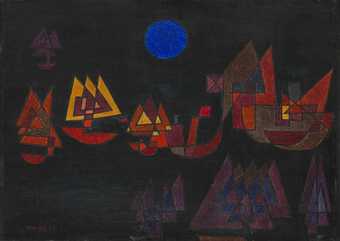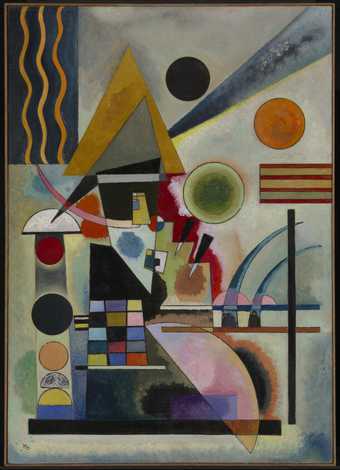Three dominating factors determine the direction and character of Swiss art during the twentieth century: the small size of the country, its federal structure and its economic polarity between agriculture and industry.
Hodler was the first to link Swiss art to a comprehensive European movement: the Jugendstil.
Cuno Amiet was for a time completely under the spell of Hodler, but by 1910 he had demonstrated his own personality and capabilities, especially as a colourist. He was thus brought into the sphere of the Fauves. He belonged for a short time to the Dresden Brücke group, and is also at his best when closely linked to peasant life.
The Bernese Otto Meyer-Amden was the most influential painter since Holden and, with Auberjonois, the most important. A whole generation of Zurich painters has gathered around Meyer-Amden. His radiation reaches as far as Oscar Schiemmer, who was a Master at the Bauhaus with Klee and Kandinsky.
All the painters mentioned here belong to the generation born between 1870 and 1890 and have their roots in the art of the period before the First World War. Those who were born around 1900 belong to a completely changed post-war world.
Max Kämpf is a city dweller. He depicts with similar intensity its children, their adventures and the fantastic happenings of the popular Basle carnival.
The Basle painter Wailer Kurt Wiemken was one of the few really authentic Swiss surrealists.
The Bernese Hans Fischer is world famous as an illustrator of children’s books. He is a draughtsman of rare talent. His line developed from an almost Dürer-like exactness of observation, and created from it a complete world of the imagination.
KIee’s art ranges widely; from inevitable realistic draughtsmanship he pushed on to the final non-figurative Song without Words.
Georg Schmidt




